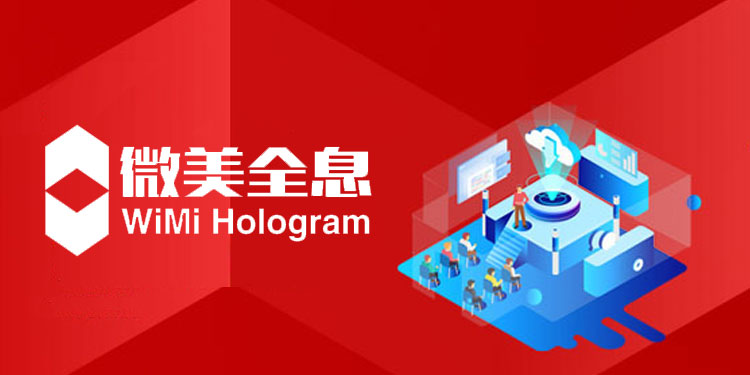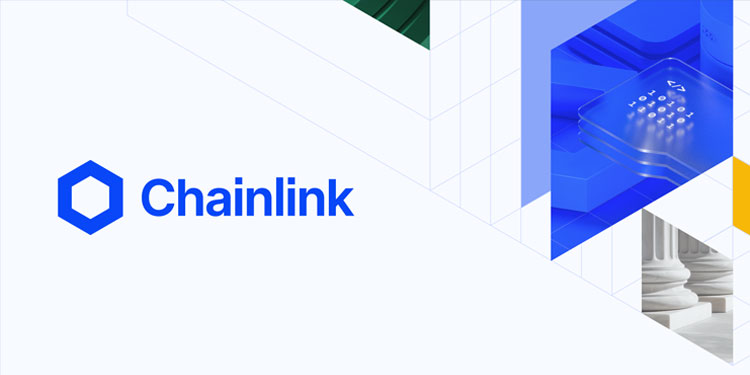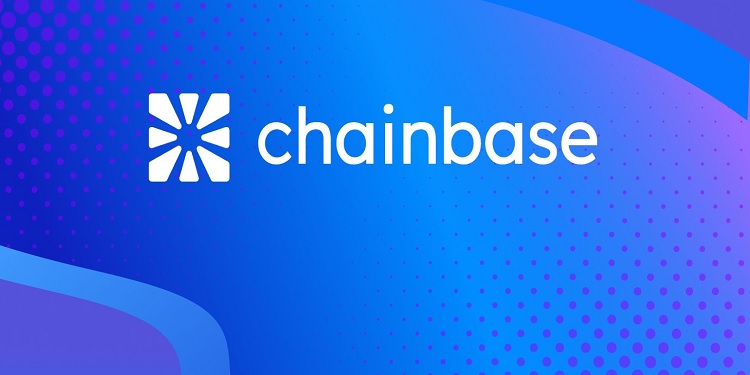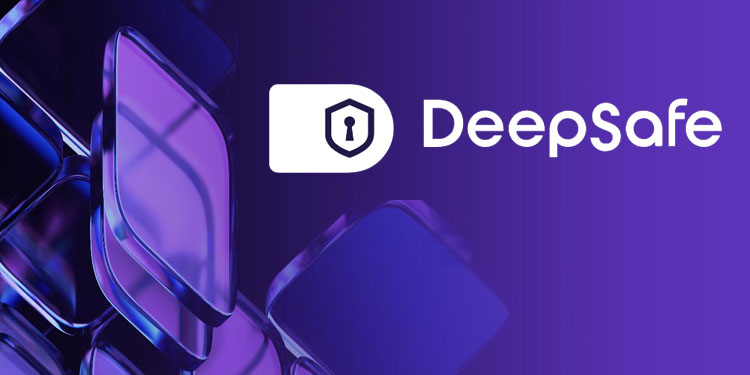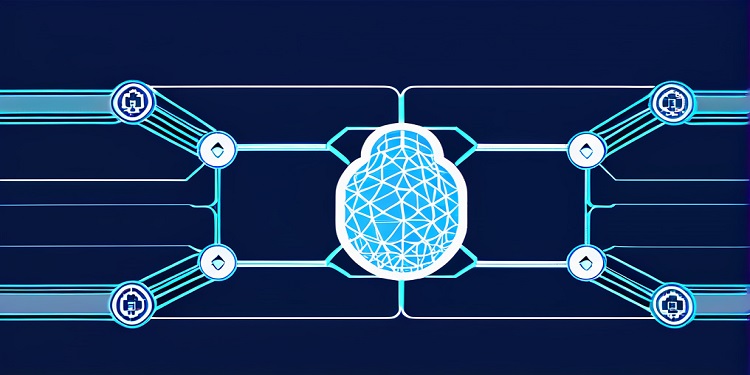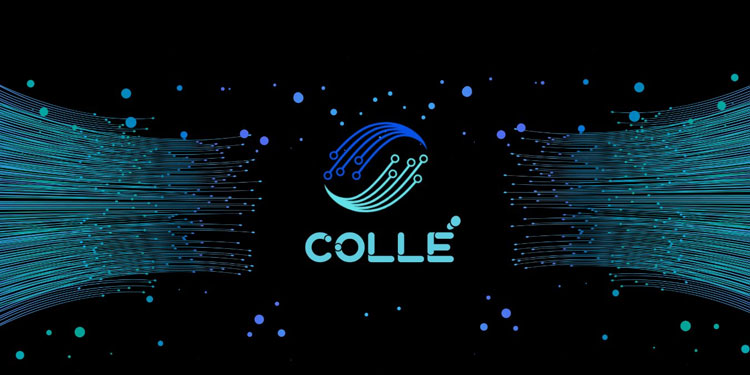WiMi Hologram Cloud Inc. (NASDAQ: WIMI), a leader in global hologram augmented reality (AR) technology, recently introduced a groundbreaking cluster-based sharding blockchain strategy tailored for collaborative computing within the Internet of Things (IoT). This advanced sharding method aims to resolve the longstanding scalability issues faced by traditional blockchain networks, particularly in large-scale environments with massive device and transaction volumes, like IoT.
The cluster-based sharding blockchain strategy is designed to partition a blockchain network into smaller, more manageable sections known as “shards.” These shards function as independent sub-networks, each handling its own segment of transaction data and history, rather than processing all data across the entire network. By implementing sharding, WiMi enhances the network’s transaction processing capacity, improves system throughput, and reduces the time needed for transaction confirmations, which addresses a key bottleneck in traditional blockchain frameworks.
Integrating Dynamic Clustering for Adaptive Resource Management
WiMi’s innovative approach also incorporates dynamic clustering and deep reinforcement learning (DRL) techniques to facilitate the seamless organization and management of shards within the network. Through dynamic clustering, WiMi enables the network to automatically classify or reclassify devices into shards in real-time based on factors like network status, device resources, geographic location, and functional characteristics. This real-time adaptability allows WiMi’s system to allocate nodes across different shards intelligently, ensuring balanced resource use and optimized task distribution, which in turn enhances processing power and response rates across the network.
This adaptability is essential for a decentralized, large-scale IoT ecosystem where network conditions and device loads are constantly changing. By organizing and balancing the workload dynamically, the system maintains efficiency, responsiveness, and flexibility even as demand grows, ensuring that computational power is used optimally.
Deep Reinforcement Learning for Enhanced Efficiency
Deep reinforcement learning (DRL) plays an instrumental role in WiMi’s sharding approach by enabling the system to autonomously learn how best to execute clustering and allocate resources. The DRL models continuously evaluate network conditions and resource allocation outcomes to determine optimal policies for re-sharding, task allocation, and node management. This continuous learning process ensures that the system not only adapts to fluctuations in network traffic but also refines sharding policies and resource allocation to enhance overall performance.
DRL’s learning capabilities help optimize several critical aspects of WiMi’s system, including the timing of re-sharding, allocation of new nodes, and transfer of tasks across shards. By regularly refining these elements, DRL contributes to significant gains in communication efficiency, resource allocation, and energy consumption, all of which are critical in a high-traffic IoT environment.
Advantages of WiMi’s Cluster-Based Sharding in IoT
WiMi’s combined use of dynamic clustering and DRL offers a range of benefits, making the blockchain system adaptable, scalable, and highly efficient. The DRL algorithm is capable of adjusting the clustering strategy and sharding structure to match network fluctuations, device load shifts, and variations in data traffic, which is crucial for managing the unpredictable nature of IoT networks. This adaptability helps reduce data transmission delays and enhances computational speed while lowering energy demands.
Additionally, WiMi’s approach provides a significant boost in security. By decentralizing the data into shards that independently verify transactions, WiMi’s system reduces the attack surface, making it harder for threats to compromise the network. The combination of dynamic clustering and independent shard verification further strengthens the system’s resistance to potential security threats.
As IoT device usage grows, the need for an expandable blockchain infrastructure becomes more critical. WiMi’s cluster-based sharding blockchain model enables effortless scaling to accommodate a larger number of shards, with DRL algorithms ensuring that scaling remains efficient and coordinated.
Pioneering Blockchain Scalability and Security for IoT
WiMi’s cluster-based sharding strategy, enhanced by dynamic clustering and DRL, is set to pave the way for a more scalable and flexible blockchain infrastructure. By focusing on adaptability and real-time resource management, this solution provides a robust, efficient approach for handling the data processing and resource needs of large-scale IoT environments.
This innovative strategy offers both scalability and security advantages, making it particularly suitable for future IoT and blockchain integration. As the IoT ecosystem expands, WiMi’s blockchain model will support this growth by improving processing capacity, enhancing security, and optimizing system stability. The solution represents a key development in IoT’s progression, positioning WiMi at the forefront of blockchain and IoT integration as it meets the increasing demands of interconnected devices.

